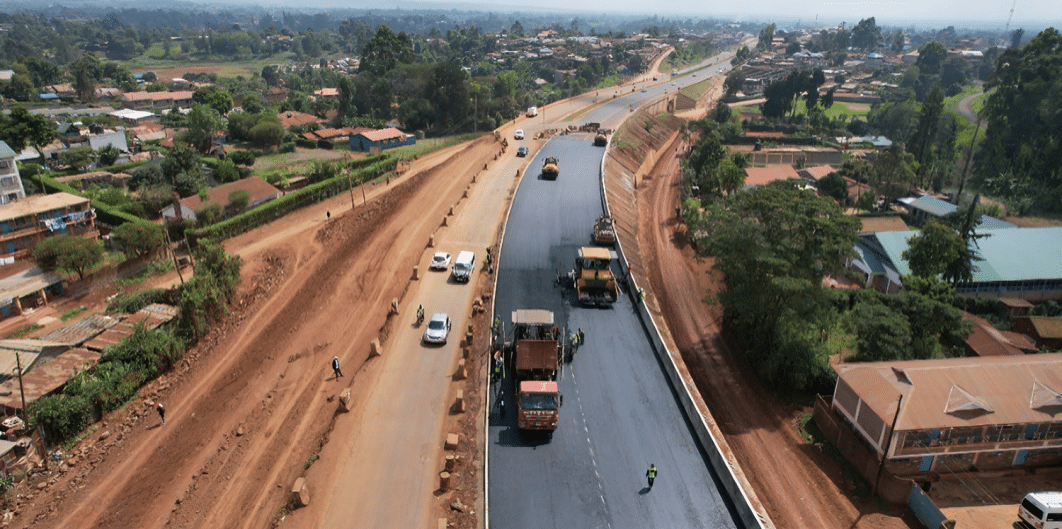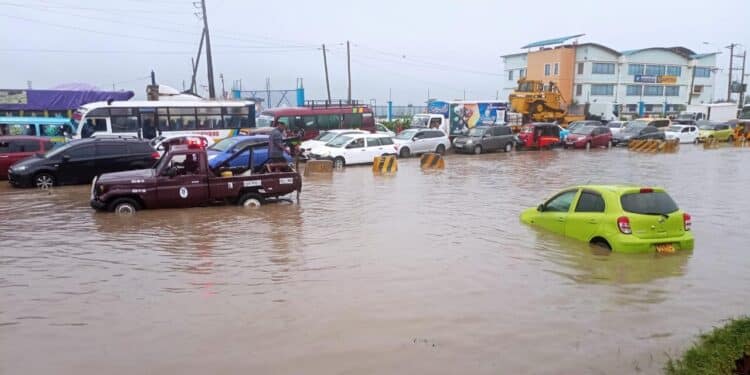In a country where unpredictable weather patterns and rising water levels pose increasing threats, constructing a home that stands resilient against floods is important.
Whether you’re planning a new build or looking to fortify an existing structure, understanding the essential considerations for flood prevention is the first step towards creating a safe and secure haven.
This article explores key factors to bear in mind when building a house to withstand the challenges of flooding, ensuring not just shelter, but enduring protection against nature’s watery forces.
We have listed down some tips to follow during construction that will assist in draining the excess water that comes during storms.

Choose Floods Free Sites
To begin with, paying careful attention to the location of your home is the first step to avoiding flooding.
Experts advise that you should avoid flood prone areas and ensure the topography of the piece of land will allow you to drain the water.
This can be because of two things; either the soil doesn’t pour up water or that the property is slightly sloppy or is highly elevated, so it doesn’t collect much water.
Also Read: Video Shows Chopper’s Attempt to Rescue Stranded El Nino Victims
Building Near Water Channels
It is important to carry out site surveys before construction to avoid encroaching into natural water channels.
The surveys should include checking any available flood data from the meteorological department if you are to build next to lakes, rivers, dams, and swamps.
Also, government regulations require a developer to leave enough space between the boundary wall and a water body.
In most cases, developers use the six- to 30-metre rule (above the high-water mark) under the Environmental Management and Conservation Act.
Also Read: FKF Match Played in a Flooded Stadium Amid El Nino
Build above the road level
The ground floor slab (also referred to as a plinth) raises the floor above the ground level, preventing surface water from entering the building.
According to architects, the slab level should not be lower than adjacent road level.
If this happens, you will not be able to discharge water from your building in case of flooding.
The water would get collected in the plot and the land would remain submerged till the water dries out.
Constructors are advised to keep the land sloping downwards towards the road, so that water will drain faster.
Landscaping to Reduce Floods
Population pressure has seen the increase in number of buildings and encroachment into areas previously where runoff water used to drain.
While building, individuals should leave some land for water to flow through during heavy rains.











































































